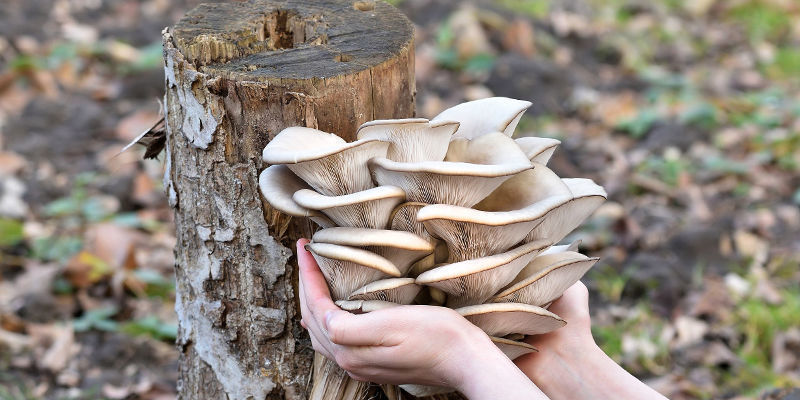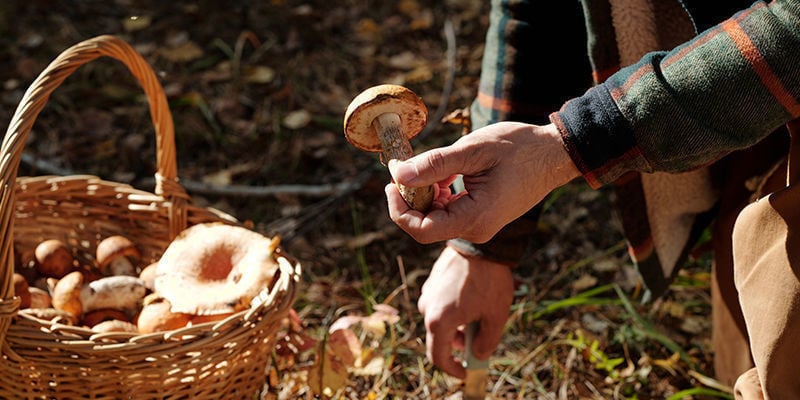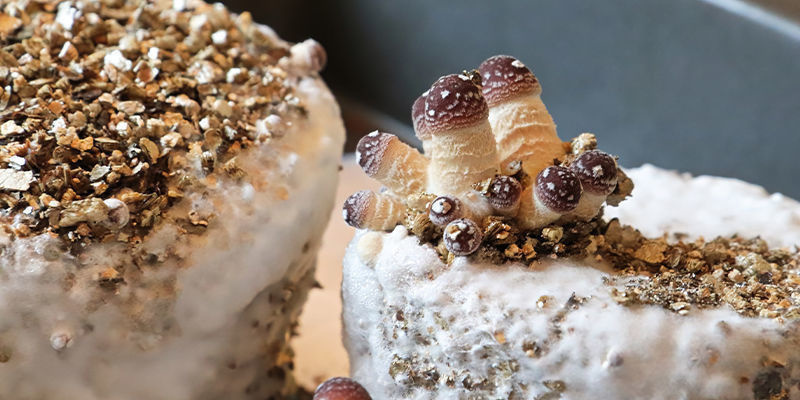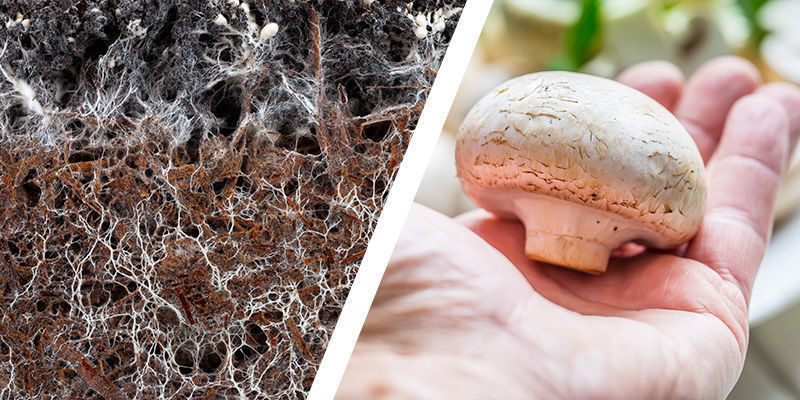
How & Why to Grow Mushrooms (Starter Guide). Growing edible mushrooms at home is a fascinating process that can take many forms and yield very different results. Here we provide a brief overview so you know what you’re in for!
Growing mushrooms is a rewarding experience when it goes well, and deeply frustrating when it goes wrong! Offering numerous wellness benefits and an insight into the weird world of fungi, it’s an activity that’s become increasingly popular, and for good reason. Mushrooms are not only a delicious addition to many dishes but also provide essential nutrients and antioxidants, making them a versatile part of a healthy diet.
This guide introduces the basics of mushroom cultivation to total beginners. Find out why you should grow mushrooms at home, which varieties are most popular, and gain an overview of how you might go about it. Note, however, that this article is not about psychedelic mushrooms—only edible ones!
Mushroom growing over the centuries

Mushrooms have been cultivated for centuries for both food and holistic purposes. While this is true the world over, there is a particularly rich history of mushroom cultivation in Asia, specifically China.
Historically, mushrooms were often considered a delicacy reserved for the wealthy. In many cultures, they were also harnessed for their holistic properties, which were (and still are) considered to be effective and wide-ranging. Over time, the techniques for growing mushrooms have evolved, making it possible for anyone to cultivate them at home with relative ease. One key thing that binds all fungi is a love of moisture and decomposition!
Benefits of growing mushrooms at home: Why grow your own?
There are numerous reasons to grow your own mushrooms:
- Freshness: Home-grown mushrooms are fresher and more flavourful than store-bought varieties.
- Cost-effective: Growing mushrooms can save you money in the long run.
- Sustainability: Cultivating mushrooms at home is an eco-friendly activity, reducing your carbon footprint.
- Wellness benefits: Mushrooms are rich in vitamins, minerals, and antioxidants, contributing to a healthier diet.
- Educational and fun: Growing mushrooms is a fun, engaging activity. It tends to require a fair bit of effort, but for those willing, it can prove quite addictive to discover how these strange, ancient organisms live.
Most popular mushroom varieties

Being hundreds of millions of years old, there are plenty of mushroom varieties to choose from. However, to narrow it down for you just a little, here are several of the most popular to grow at home.
Button mushroom
Button mushrooms are among the most commonly grown and consumed varieties. Even if you don’t know them by name, it’s highly likely you’ve come across them before. They are versatile and can be used in a whole range of recipes due to their subtle flavour. Typically, these mushrooms are grown on composted manure.
Lion’s mane
Lion’s mane mushrooms are known for their unique, shaggy appearance and potential cognitive benefits. These mushrooms are worth cultivating just for their highly unusual, almost alien appearance. Strange indeed! They grow best on hardwood sawdust or logs.
Vermont morel
Morel mushrooms are highly sought after for their distinctive flavour. They typically grow in the wild, but can be cultivated on specific substrates in controlled environments if you’ve got the skills. However, you should perhaps try out an easier species of mushroom before attempting the Vermont morel.
King trumpet
King trumpet mushrooms are known for their thick stems and delicate flavour, making them a popular culinary option. They tend to grow best on sawdust substrates.
An overview of mushroom growing methods
Mushroom growing methods are almost as varied as the mushrooms themselves, with certain methods suited more to certain species. The trick is to try to mimic the mushroom’s natural habitat. Here is a brief overview of common mushroom cultivation methods.
Grow kit

Grow kits are the easiest way for beginners to start cultivating mushrooms. They come with all the necessary components and are sometimes even pre-inoculated with mushroom spawn. Otherwise, you can easily inoculate them yourself and let them grow. These kits minimise the risk of contamination and are a good place to start when growing mushrooms at home. Simply follow the instructions provided.
From spawn to harvest: The 5 stages of growing mushrooms

When broken down, the process of cultivation can be split into five stages. Understanding each of these stages and what they require is key to preparing for your very own grow.
1. Mushroom spawn
Spawn, also referred to as spores, are like the seeds of mushrooms. From this, a whole crop will grow. Basically, without spawn, you have no way to grow your mushrooms. Therefore, it’s important to source high-quality spores.
2. Inoculation of mushroom substrate
Inoculation involves introducing the spawn to the substrate, allowing the mycelium to colonise it. Depending on the method and species, this may take place in a highly sterilised environment to prevent contamination. Some species are more vigorous and outcompete competition more easily.
3. Incubation phase
During incubation, the inoculated substrate is kept in optimal conditions for mycelium growth—usually in a dark, humid environment. The temperature will depend on the variety in question, as each has different requirements. Depending on what and how you’re growing, this stage can last anywhere between a few weeks and many months. Only when a substrate is fully colonised with mycelium will the mushroom fruiting bodies appear.
